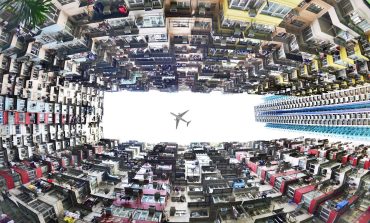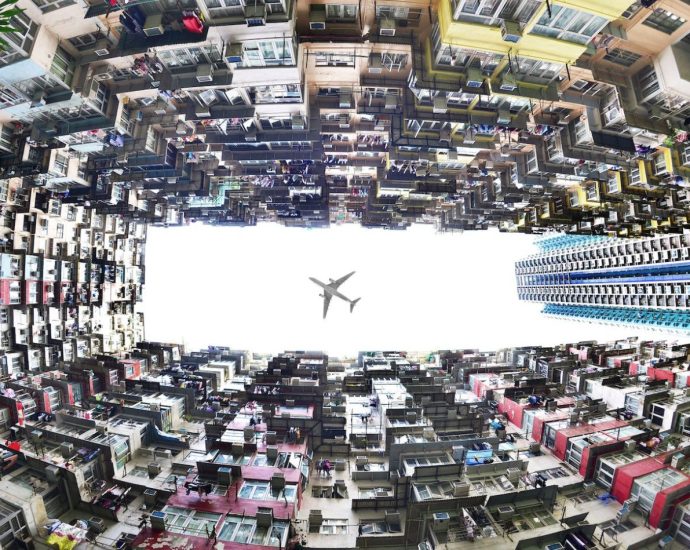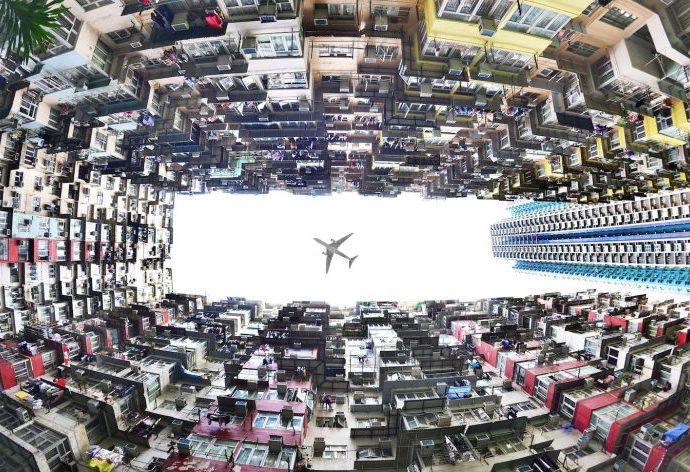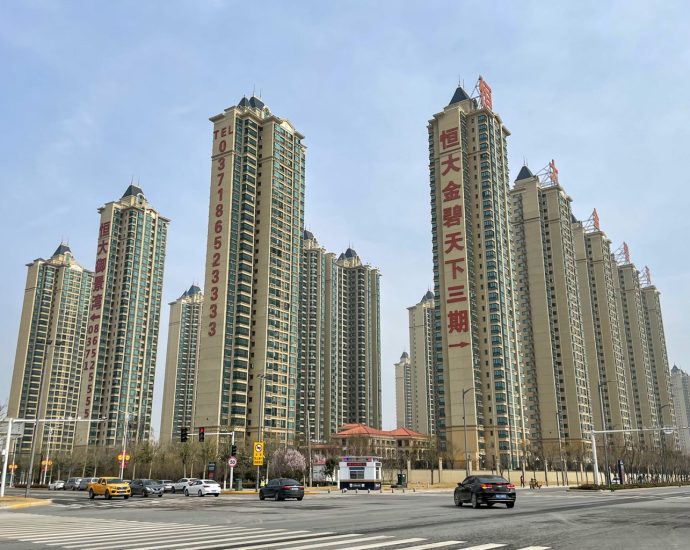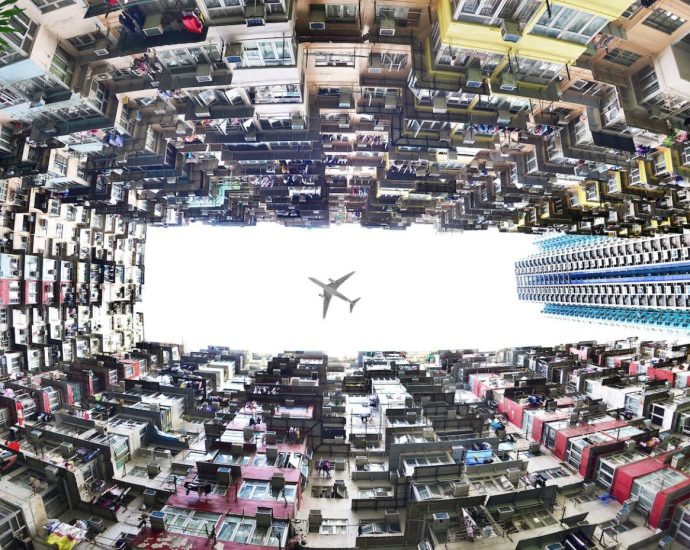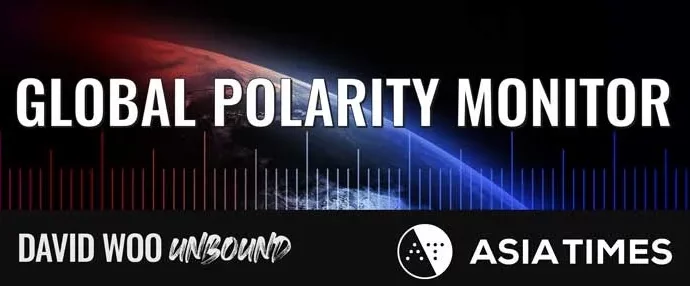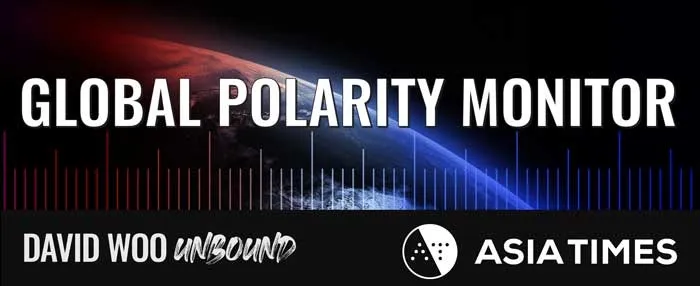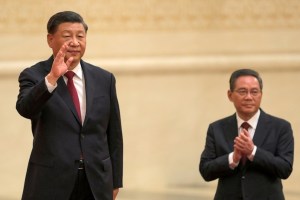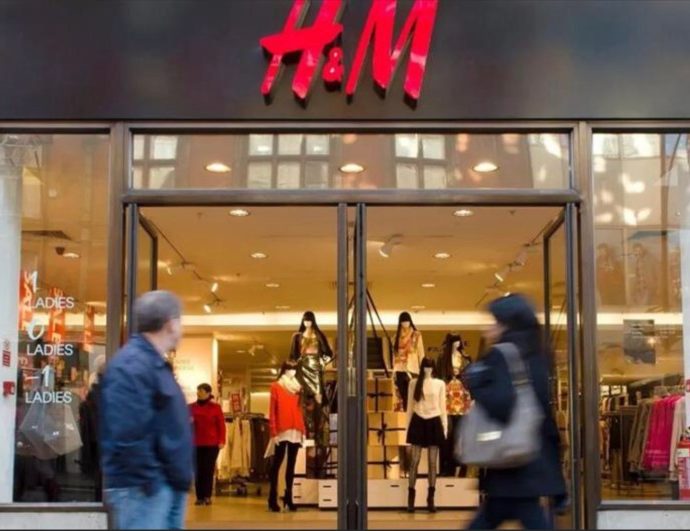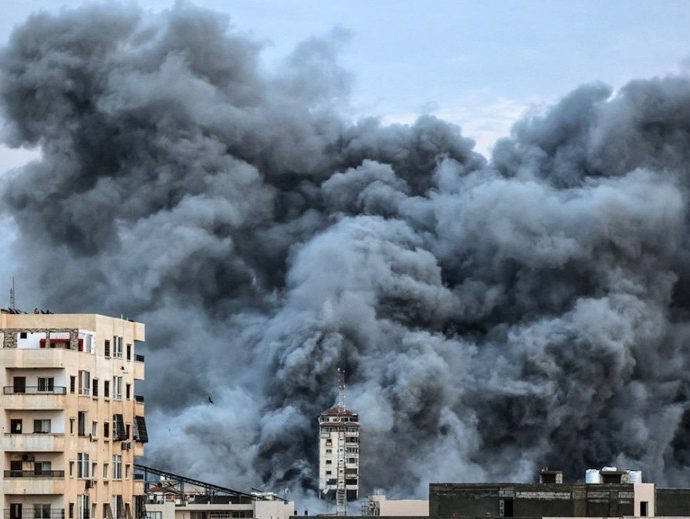Protecting children in a digital world is a moral imperative of our era
When you meet a child who has gone through the trauma of sexual exploitation and abuse, you never forget it.
In Southeast Asia, millions of child sexual exploitation images are downloaded, copied, forwarded, and shared in the blink of an eye, perpetuating trauma and stigma. In the borderless world of the Internet, national law-enforcement agencies find themselves limited.
Behind every abusive video and image is the life of a child, forever altered.
Asia already registers the highest rate of child Internet users globally. Alarmingly, up to one in five Internet-using children in ASEAN has experienced child sexual exploitation and abuse online. With Internet use continuing to grow rapidly, all signs suggest this frightening number will only increase over time.
This means accelerating action for child online protection is a matter of extreme urgency. Every child has the right to be safe from harm, both online and offline. And this is the collective responsibility of governments, of industry and the private sector, of parents and caregivers, of family members and young people themselves.
There is increasing awareness of the pivotal role industry can, and should, play. Technology companies can help design innovative solutions to tackle online abuse, identify and rapidly take down abuse materials, cooperate with law enforcement to report illegal and suspicious activities, and adopt corporate policies on child protection.
This week, with the support of UNICEF, Southeast Asian governments and industry representatives are convening in Bangkok at the second ASEAN-ICT Forum on Child Online Protection to discuss just that.
The call to the technology industry to step up and improve child online protection is not just being made by us: It is being made by children and young people themselves. They have been asking for easily accessible online reporting mechanisms, for the rapid takedown of harmful content and for perpetrators of abuse to be swiftly removed from online platforms, and for child-friendly information about staying safe online and protecting their privacy.
Yet among the children and young people surveyed ahead of this week’s forum, 51% told us they still see worrying or offensive content on a daily basis.
Southeast Asia has shown strong commitment to addressing child sexual exploitation and abuse. Robust frameworks for child online protection are already in place, notably the 2019 ASEAN Declaration to Protect Children from All Forms of Online Exploitation and Abuse.
What needs to be done now is accelerate the implementation of the framework and its action plan, particularly through urgent action and accountability on the part of the private sector, in addition to appropriate regulation by states.
As we work to keep children safe online, one of the fine balances we must continue to strike is ensuring they can still unlock all the precious new opportunities afforded by the Internet.
The Internet has helped children and young people learn, connect with and support one another, play, and make their voices heard. For more marginalized boys and girls living in remote areas and disadvantaged households, being connected to the Internet can change lives and open entirely new horizons.
In a debate that has often been prolonged and polarizing, our actions must systematically be guided by children’s rights. At the heart of all dialogue, policies and measures should be children’s right to protection from harm, their right to privacy, to information, to education, to association and to speech. We can, and must, do better to uphold this range of rights online.


